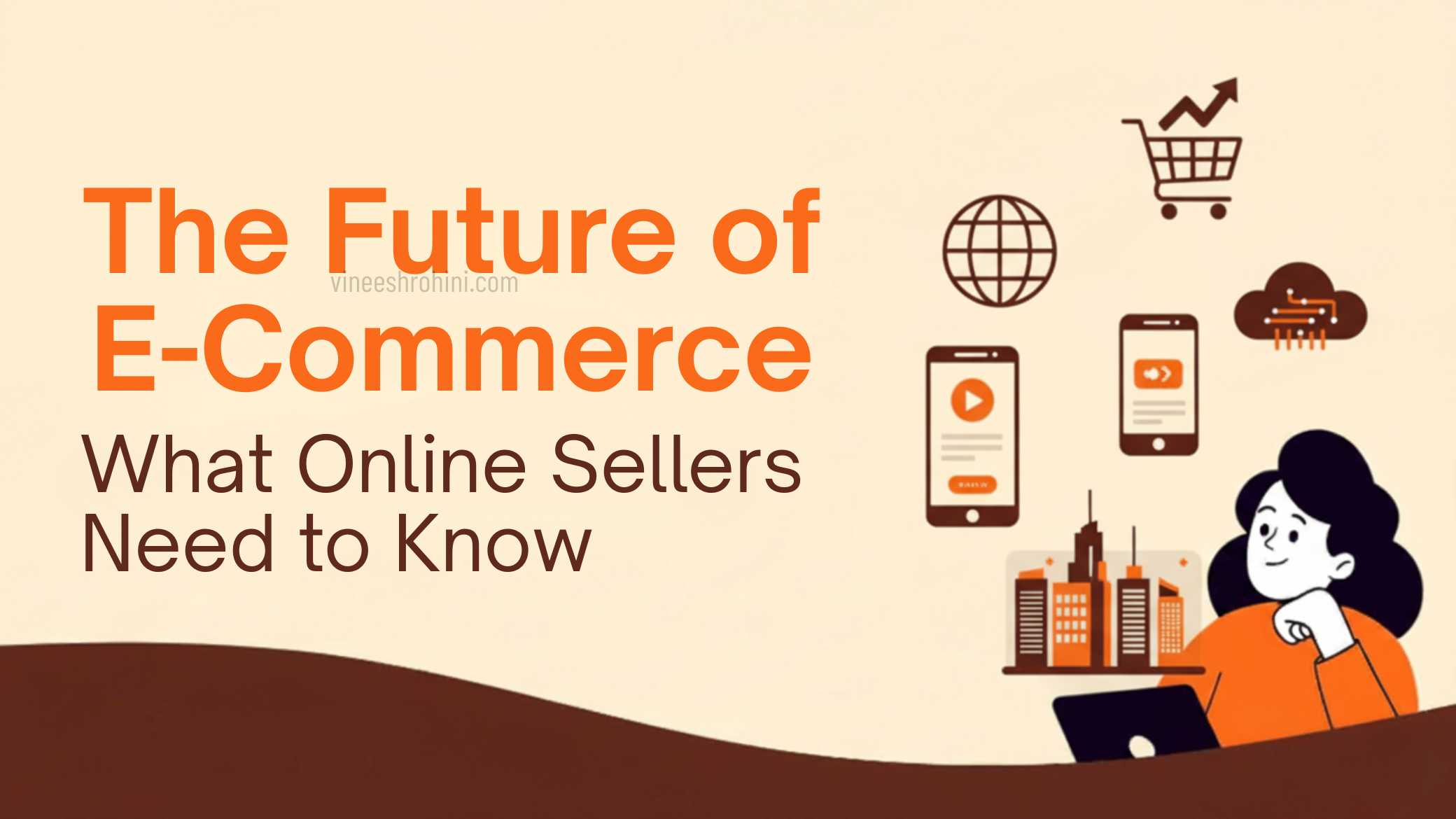Wix vs Shopify: Which Ecommerce Builder to Choose in 2025? – Comprehensive Guide
Wix vs Shopify : The ecommerce landscape in 2025 continues to evolve at a rapid pace, making it more crucial than ever for entrepreneurs to select the right platform to build and scale their online store. Whether you’re launching your first digital storefront or planning to migrate from an outdated solution, two names frequently dominate the conversation: Wix and Shopify.
Each platform offers a unique set of tools, features, and benefits that cater to different types of users and business models. So, when it comes to Wix vs Shopify in 2025, which ecommerce builder should you choose?
Overview of Wix

Wix has long been known for its intuitive drag-and-drop website builder, making it ideal for small businesses, creatives, and those who prioritize design flexibility without the need for extensive coding. Over the years, Wix has significantly improved its ecommerce capabilities, offering a range of features such as product galleries, secure payment gateways, inventory management, and abandoned cart recovery. As of 2025, Wix continues to push updates that strengthen its position as a viable ecommerce platform for startups and boutique online brands.
Overview of Shopify
Shopify, on the other hand, is a purpose-built ecommerce platform that caters to businesses of all sizes, from solo entrepreneurs to large-scale enterprises. With over 4 million active stores worldwide and billions in transaction volume, Shopify has become synonymous with ecommerce success.
Also Read : How Ecommerce Website Works ?
Its powerful backend, robust integrations, and large app ecosystem make it a favorite among serious ecommerce players who need scalability, flexibility, and performance. Shopify in 2025 has introduced even more advanced features, including AI-driven analytics, built-in email marketing, and improved international selling tools.
Ease of Use: User Experience for Beginners and Experts
When comparing the two platforms, the first aspect to consider is ease of use. Wix remains the champion of simplicity with its highly visual interface. Users can drag and drop elements anywhere on the page, making website customization feel like a creative endeavor rather than a technical task.
Its design freedom is unmatched, especially for those who prioritize aesthetics and want to create a unique brand presence. Shopify also offers ease of use but with a structured layout. The backend is clean and professional, though it requires a bit more of a learning curve compared to Wix. However, this structure benefits those who need a scalable framework as their business grows.
Ecommerce Features and Tools Comparison
In terms of ecommerce features, Shopify clearly leads the way. It offers comprehensive inventory management, multiple product variations, shipping label printing, automated taxes, advanced reporting, and support for over 100 payment gateways. Shopify’s POS system is also one of the best in the industry, allowing seamless integration between online and offline sales. Additionally, Shopify supports multi-currency and multi-language selling out of the box, which is vital for global expansion in 2025. Wix does offer solid ecommerce tools, but they are more suited for smaller operations. While it supports essential ecommerce features like product listings, payment processing, and discount codes, it may fall short for high-volume stores or complex inventory systems.
Design Flexibility and Customization
When it comes to design and customization, Wix wins the flexibility game. Its wide range of templates, combined with the ability to customize every element, allows users to build stunning websites that reflect their brand identity perfectly. Wix also introduced responsive editing improvements in 2025, giving users more control over mobile layouts. Shopify, while slightly more rigid in terms of layout customization, offers highly optimized ecommerce templates that are conversion-focused. Shopify themes are built to drive sales, with clean navigation, fast loading times, and clear calls to action. For users who are comfortable with coding, Shopify’s Liquid templating language allows for deeper customization.
Apps, Integrations, and Third-Party Tools
Another critical factor is app integration and add-ons. Shopify boasts a massive app marketplace with thousands of third-party integrations for marketing, sales, customer service, accounting, and more. In 2025, Shopify’s app ecosystem continues to thrive, featuring AI tools, automation plugins, and even blockchain payment integrations. Wix also has an app market, though it is not as extensive as Shopify’s. However, for most small to medium-sized businesses, Wix’s app offerings are sufficient and continue to improve in quality and variety each year.
SEO Capabilities and Organic Visibility

SEO performance is often a deciding factor for businesses looking to attract organic traffic. Both Wix and Shopify have improved their SEO capabilities over the years, but Shopify edges ahead for serious ecommerce SEO. Shopify automatically generates a clean URL structure, supports fast page load speeds, and allows full control over meta titles, descriptions, and alt tags. In contrast, Wix has made significant strides in improving its SEO tools, introducing advanced features like structured data support, custom meta tags, and better crawlability. However, due to its heavier use of JavaScript, Wix may occasionally lag behind Shopify in terms of technical SEO optimization.
Pricing and Cost Structure in 2025
Pricing is another essential consideration when choosing an ecommerce platform in 2025. Wix offers competitive pricing, with ecommerce plans starting at a lower cost than Shopify. Wix’s Business Basic, Business Unlimited, and Business VIP plans are priced to appeal to freelancers, side hustlers, and small businesses. These plans include free hosting, a custom domain, and all essential ecommerce functionalities.
Shopify’s pricing starts slightly higher, but its value becomes apparent as your business scales. With Shopify Basic, Shopify, and Advanced Shopify plans, users gain access to advanced reporting, lower transaction fees, and more robust ecommerce tools. It’s worth noting that Shopify also charges transaction fees unless you use its native Shopify Payments, while Wix does not charge additional transaction fees on top of standard payment processing rates.
Customer Support and Technical Help
Customer support is a critical part of maintaining a healthy ecommerce business. Shopify shines in this department, offering 24/7 customer support via chat, email, and phone. Shopify’s help center, forums, and community resources are expansive and incredibly helpful. In 2025, Shopify has also implemented AI-powered support bots that resolve common issues quickly. Wix offers support via chat, callback requests, and a comprehensive knowledge base. While it has improved its support over the years, it may not match Shopify’s level of responsiveness and expertise, particularly for technical or complex ecommerce problems.
Mobile Optimization for 2025’s Shopping Trends
Mobile optimization is vital in 2025, as the majority of online shoppers now browse and purchase through smartphones. Shopify themes are fully responsive and optimized for mobile commerce. Its mobile app also allows store owners to manage orders, inventory, and customers on the go. Wix has enhanced its mobile editor significantly, providing better control over how your site looks on mobile devices. However, due to its custom design freedom, Wix sites sometimes require more manual tweaking to achieve a perfect mobile layout.
Content Management and Blogging Capabilities
One area where Wix stands out is content integration. If your business relies heavily on blogging, video content, or other media, Wix offers a more unified content management experience. Its blog functionality is richer, more visually adaptable, and easier to manage compared to Shopify’s blog tool, which feels more basic. For content-driven ecommerce brands, this can be a compelling advantage.
Analytics and Reporting Tools
On the other hand, Shopify dominates in analytics and reporting. Its dashboards provide real-time insights into sales performance, customer behavior, and marketing ROI. The introduction of Shopify Analytics 2.0 in 2025 adds predictive analytics, customer lifetime value tracking, and deeper sales funnel analysis. Wix’s analytics are decent but not as in-depth, often requiring third-party tools like Google Analytics for more comprehensive insights.
Scalability for Growing Ecommerce Businesses
Scalability is one of the most important aspects to consider in 2025, especially as businesses grow rapidly due to digital demand. Shopify is designed for scalability. Whether you’re running a store with 10 products or 100,000 SKUs, Shopify’s infrastructure can handle it with ease. It also supports high-traffic flash sales, complex fulfillment setups, and enterprise-grade features via Shopify Plus. Wix is more limited in this regard. While it can support moderate growth, it’s better suited for small to mid-sized ecommerce businesses with simpler needs.
International Selling and Multi-Currency Support
International selling is another hot trend in 2025, and Shopify has a clear edge here. Its built-in multilingual features, automatic currency conversions, and international domain support make cross-border selling seamless. Wix has started offering multilingual and currency features, but they require more manual setup and may not be as efficient for large-scale international operations.
Security, Hosting, and Compliance
Finally, let’s talk about security and compliance. Both Wix and Shopify are fully hosted platforms, meaning they handle all technical security aspects for you. Shopify is PCI DSS compliant by default, offers SSL encryption, and has robust fraud analysis tools. Wix also includes SSL, offers secure checkout, and keeps websites up to date with industry security standards. Both platforms provide a secure environment, but Shopify’s additional layers of compliance and security reporting tools make it a more trusted option for handling large volumes of transactions.
Wix vs Shopify – Conclusion

In conclusion, the choice between Wix and Shopify in 2025 depends entirely on your business size, goals, and technical preferences. If you’re a small business owner or creative entrepreneur looking for maximum design control and ease of use at a lower cost, Wix is a great ecommerce builder to start with. It’s user-friendly, visually stunning, and packed with essential ecommerce tools for beginners and casual sellers.
Buy Now : Ecommerce Website With 100 Products
However, if you are serious about scaling your online business, require advanced ecommerce features, or plan to sell internationally, Shopify is the clear winner. Its unmatched ecommerce infrastructure, app ecosystem, SEO capabilities, and scalability make it the ideal choice for growth-oriented ecommerce businesses in 2025. Whichever platform you choose, make sure it aligns with your long-term vision and provides the tools you need to succeed in the ever-evolving ecommerce market.
Keywords : Wix vs Shopify – Wix vs Shopify 2025 – Wix vs Shopify Guide , Wix vs Shopify essay , Wix vs Shopify new



